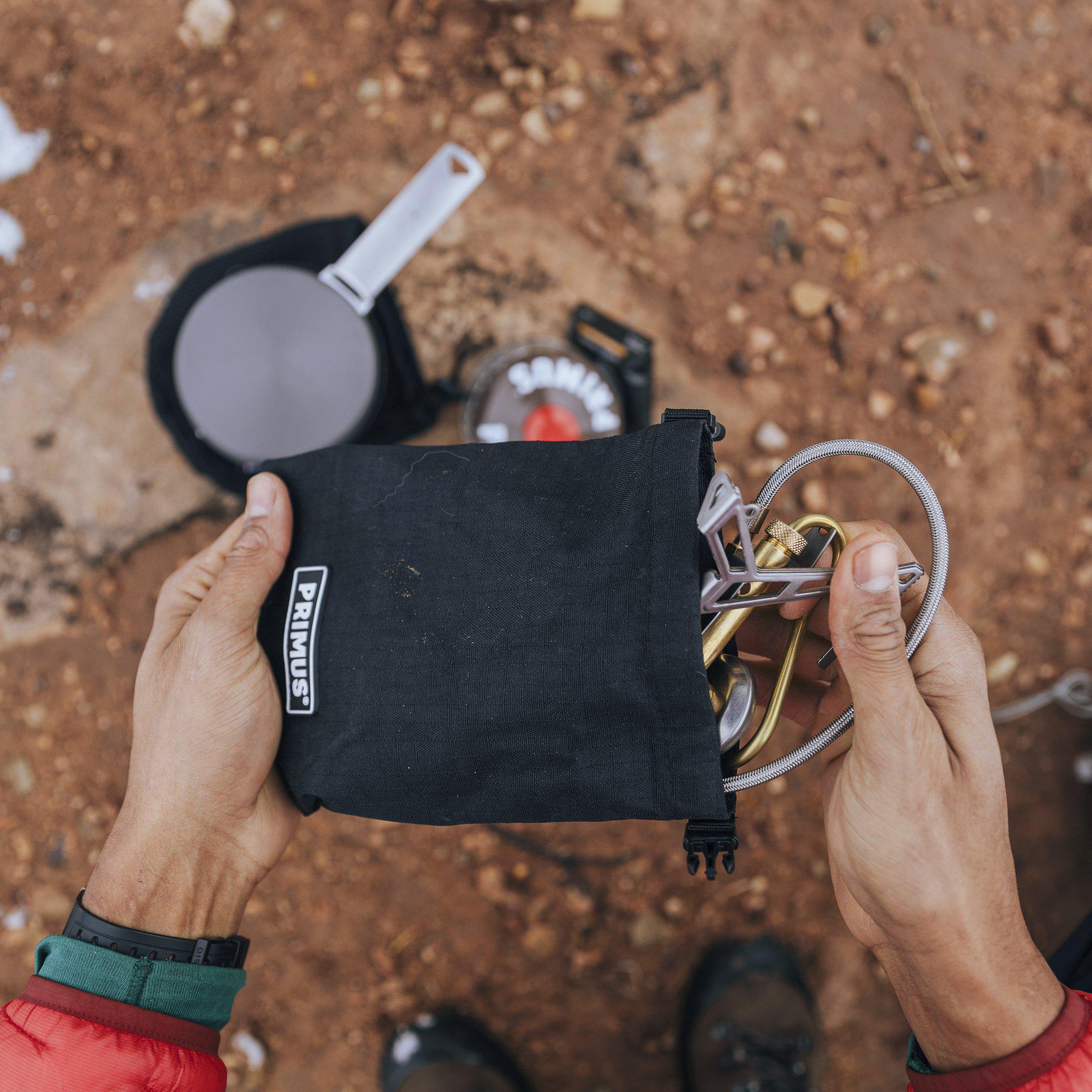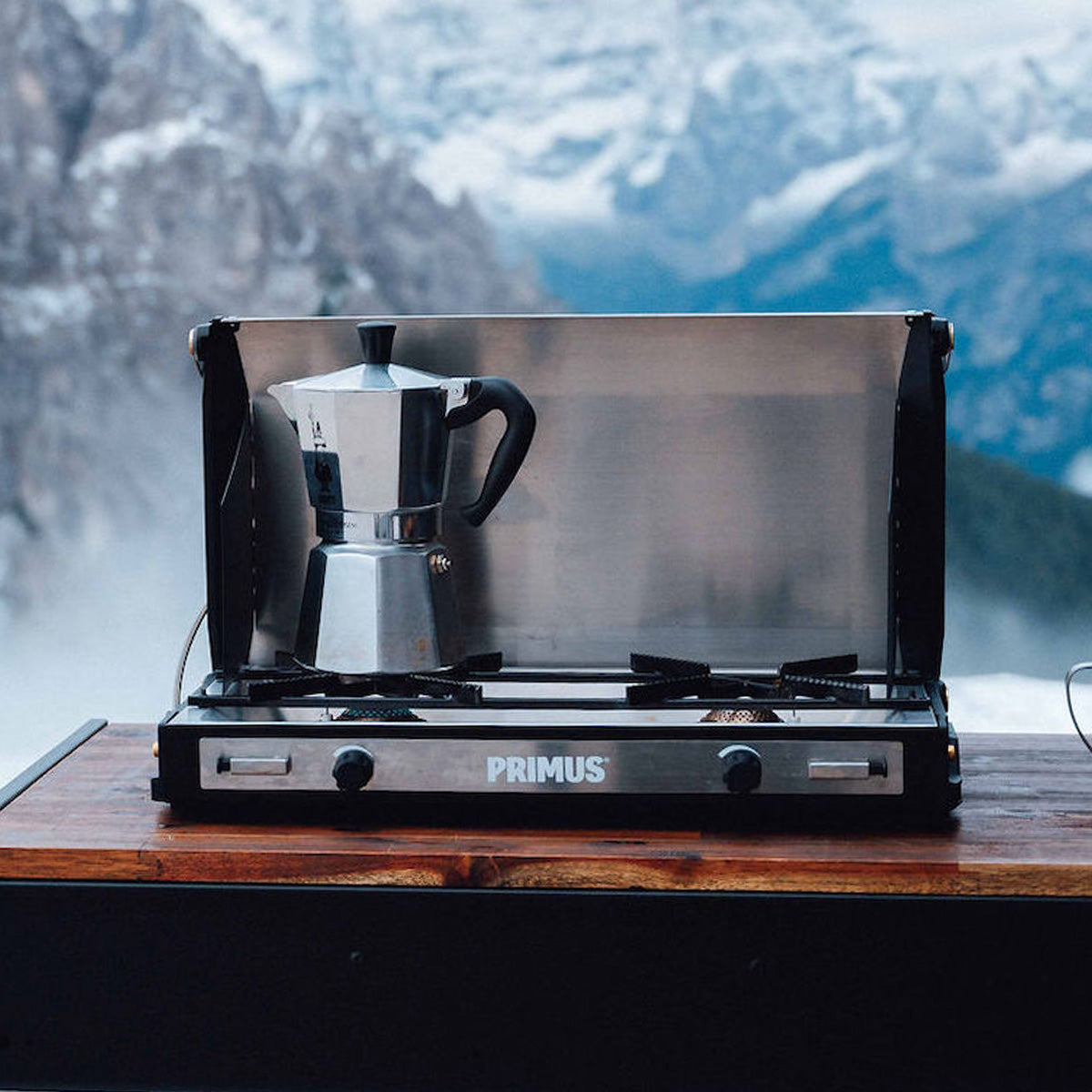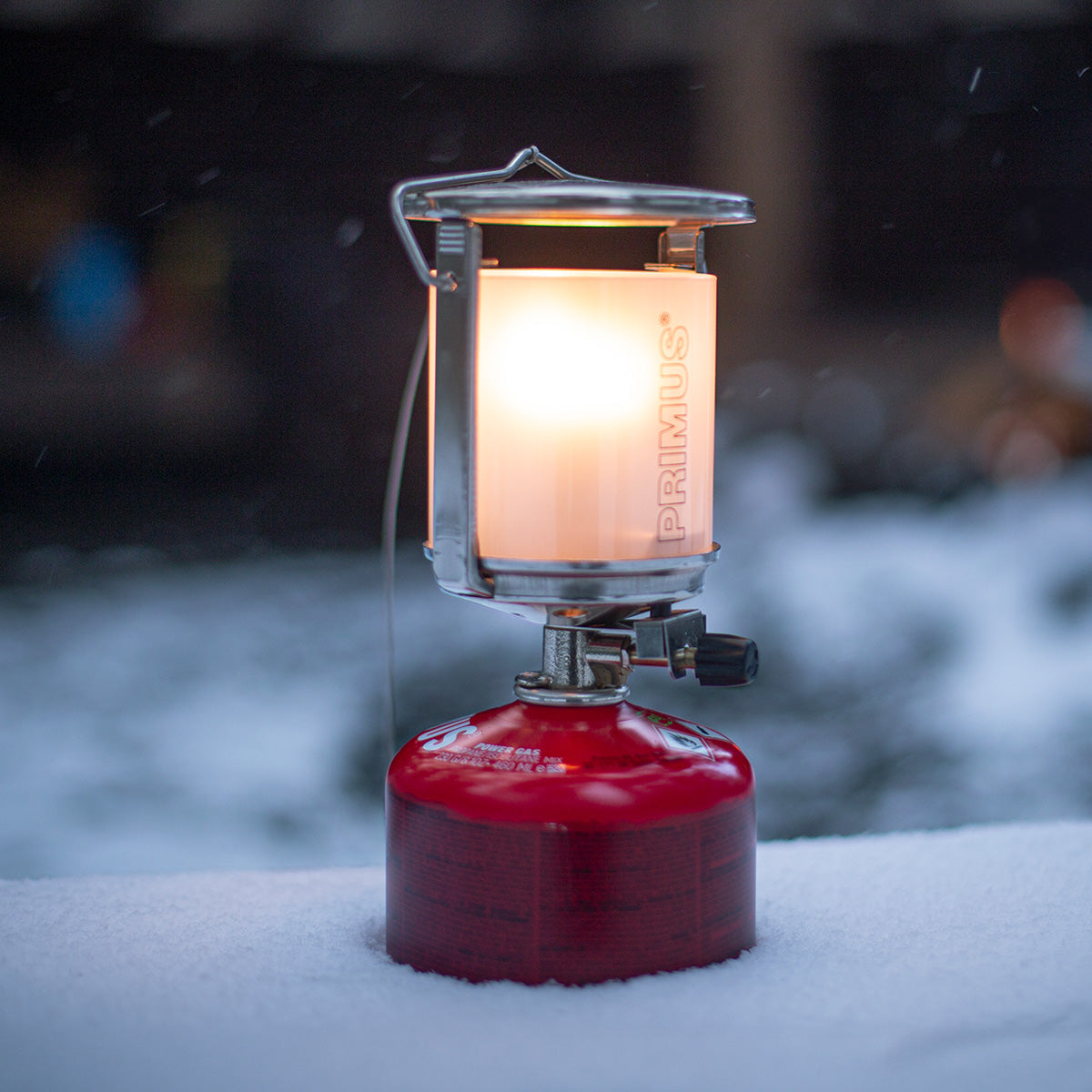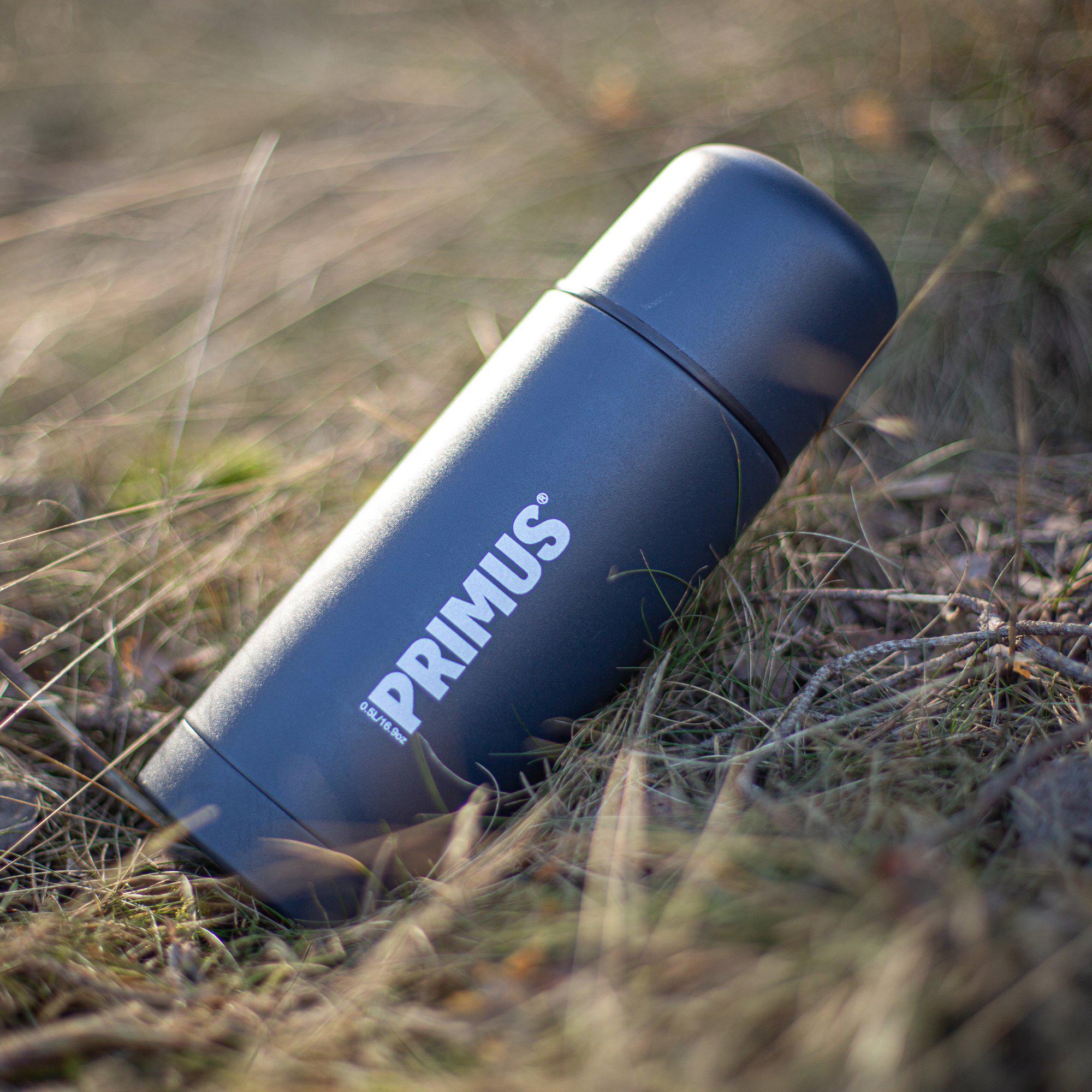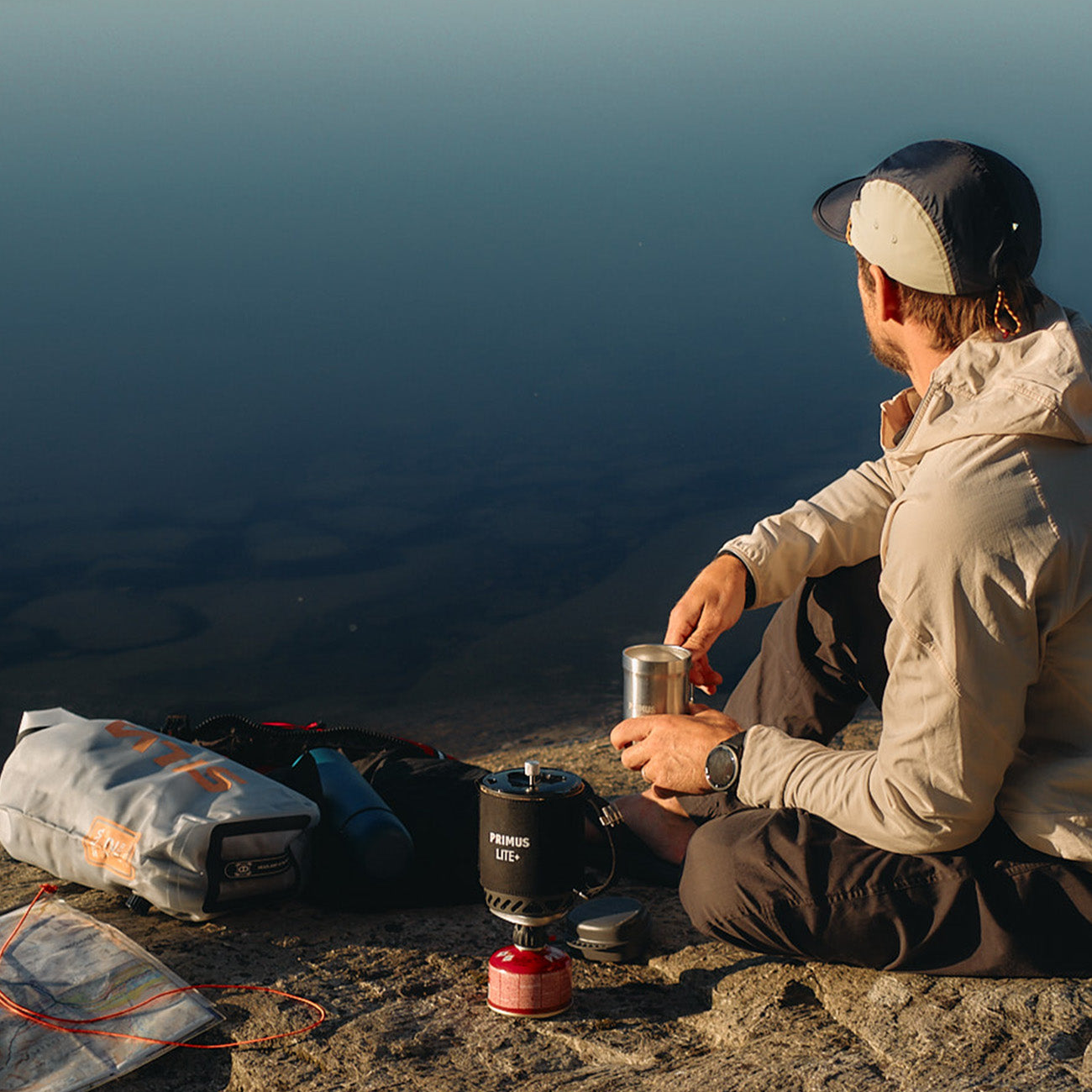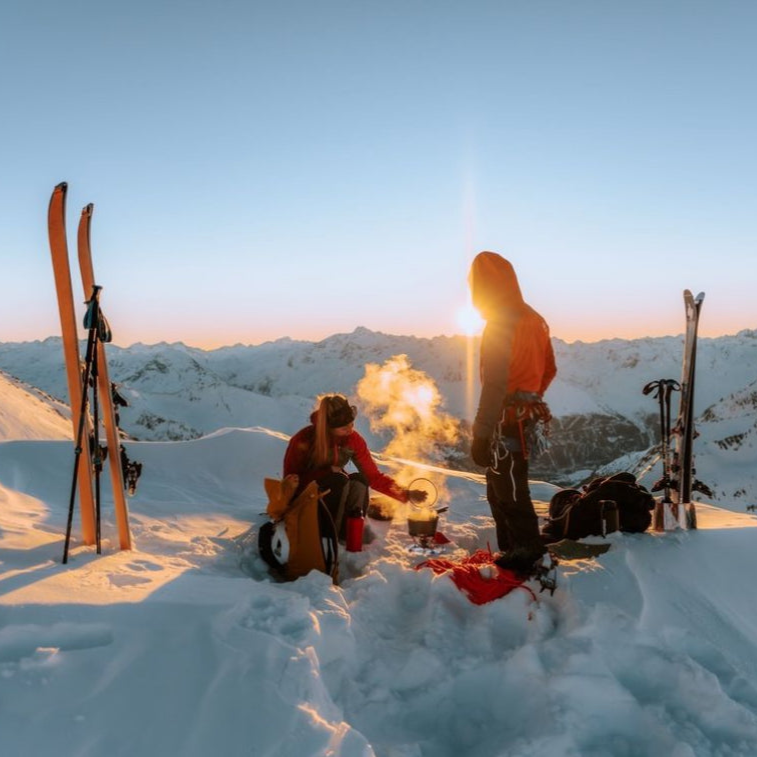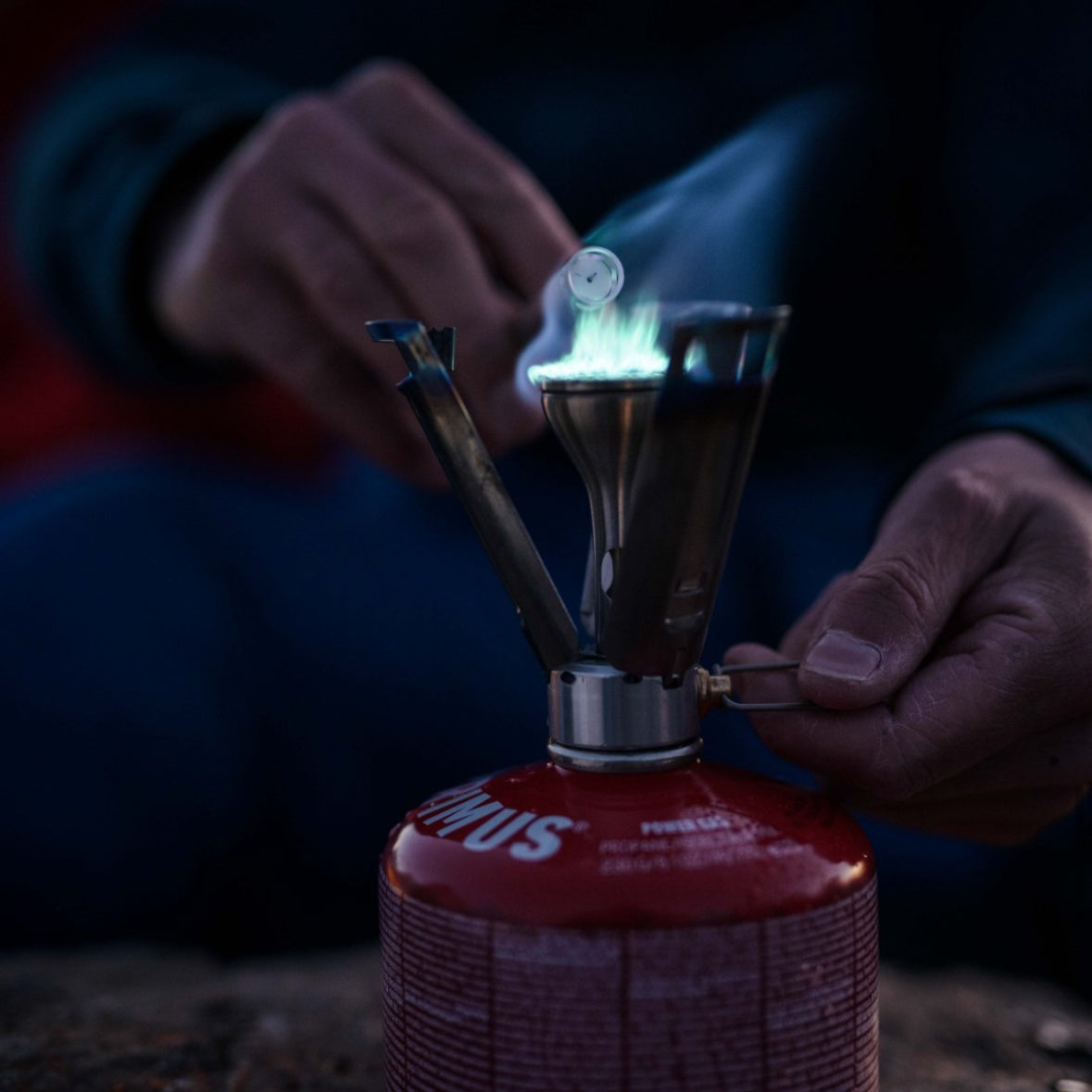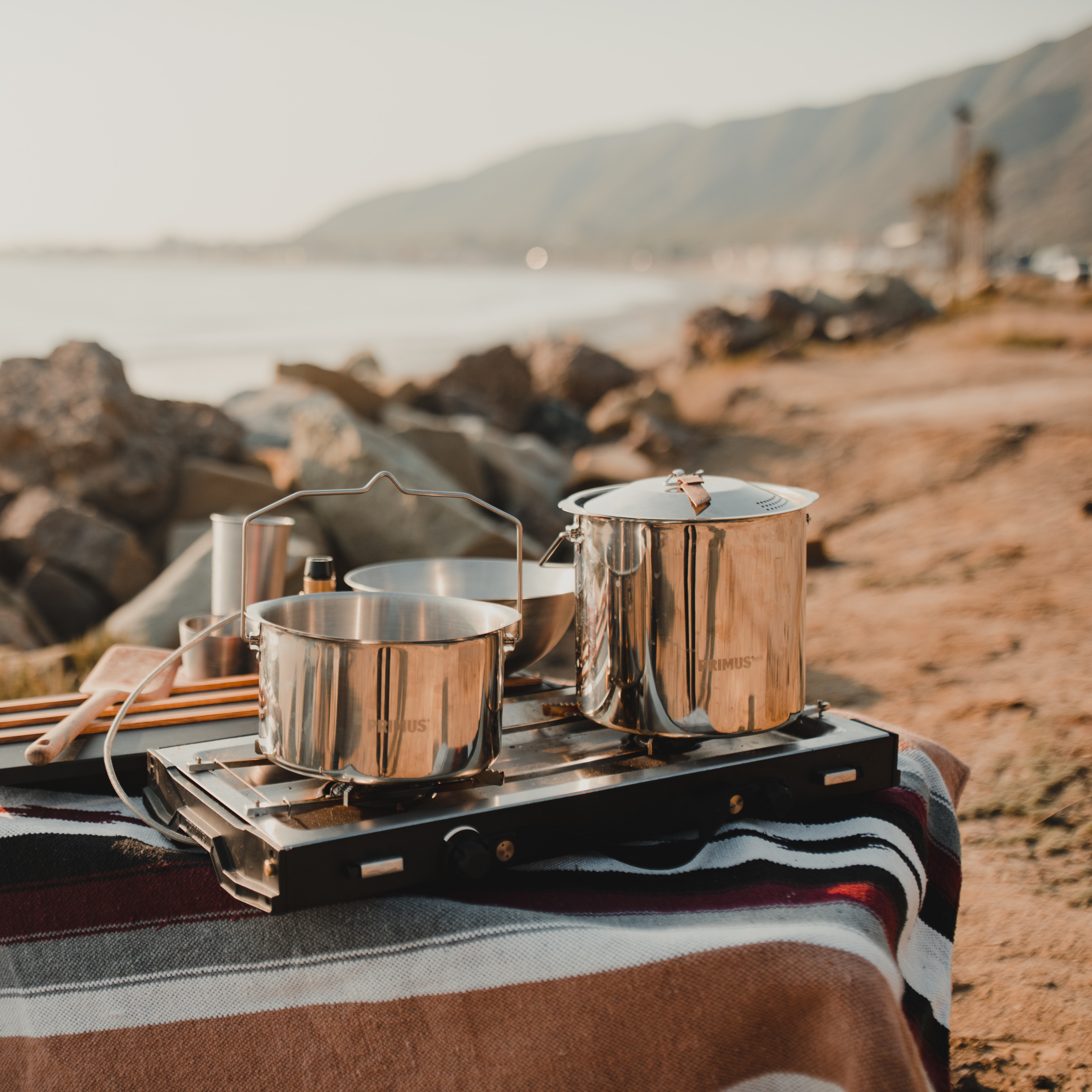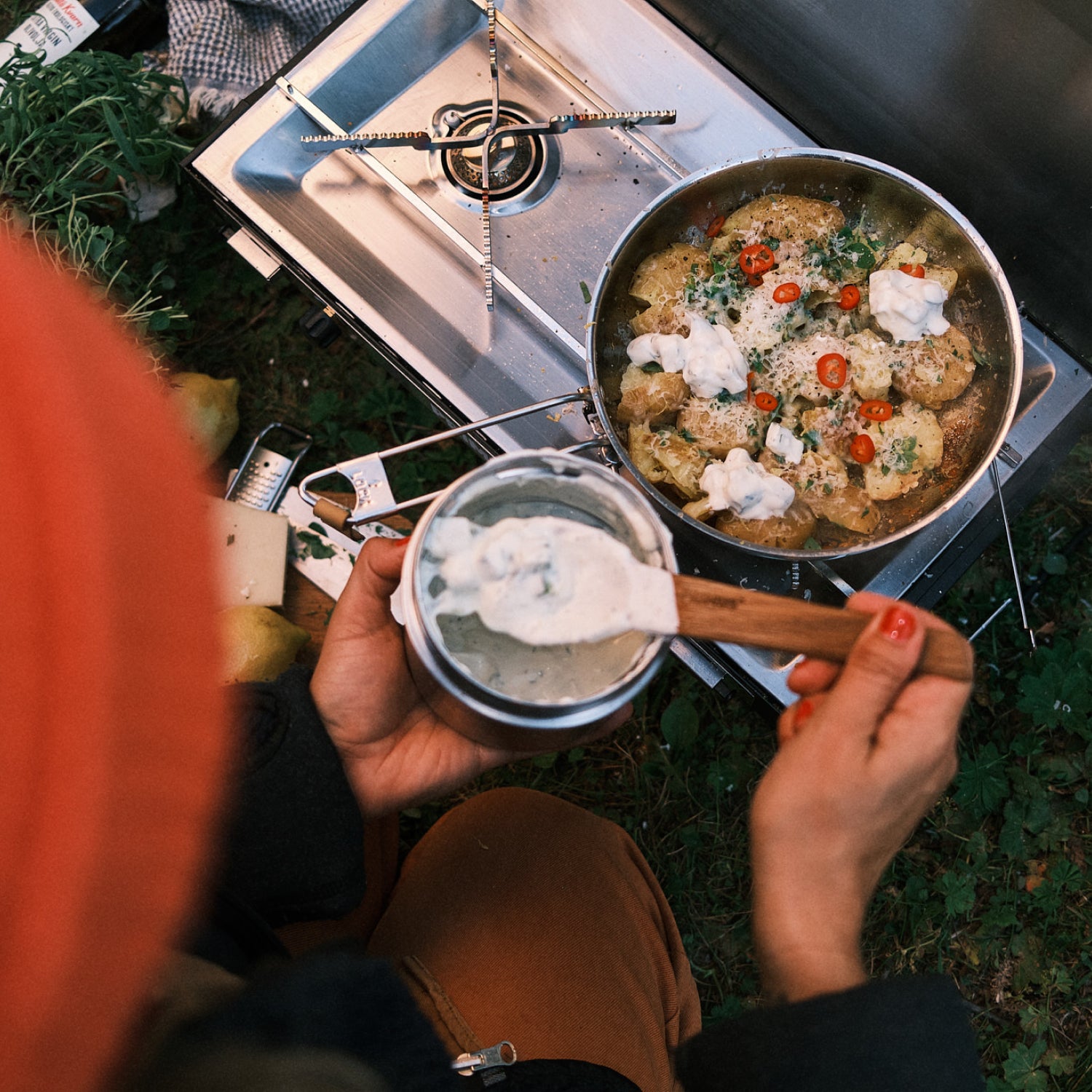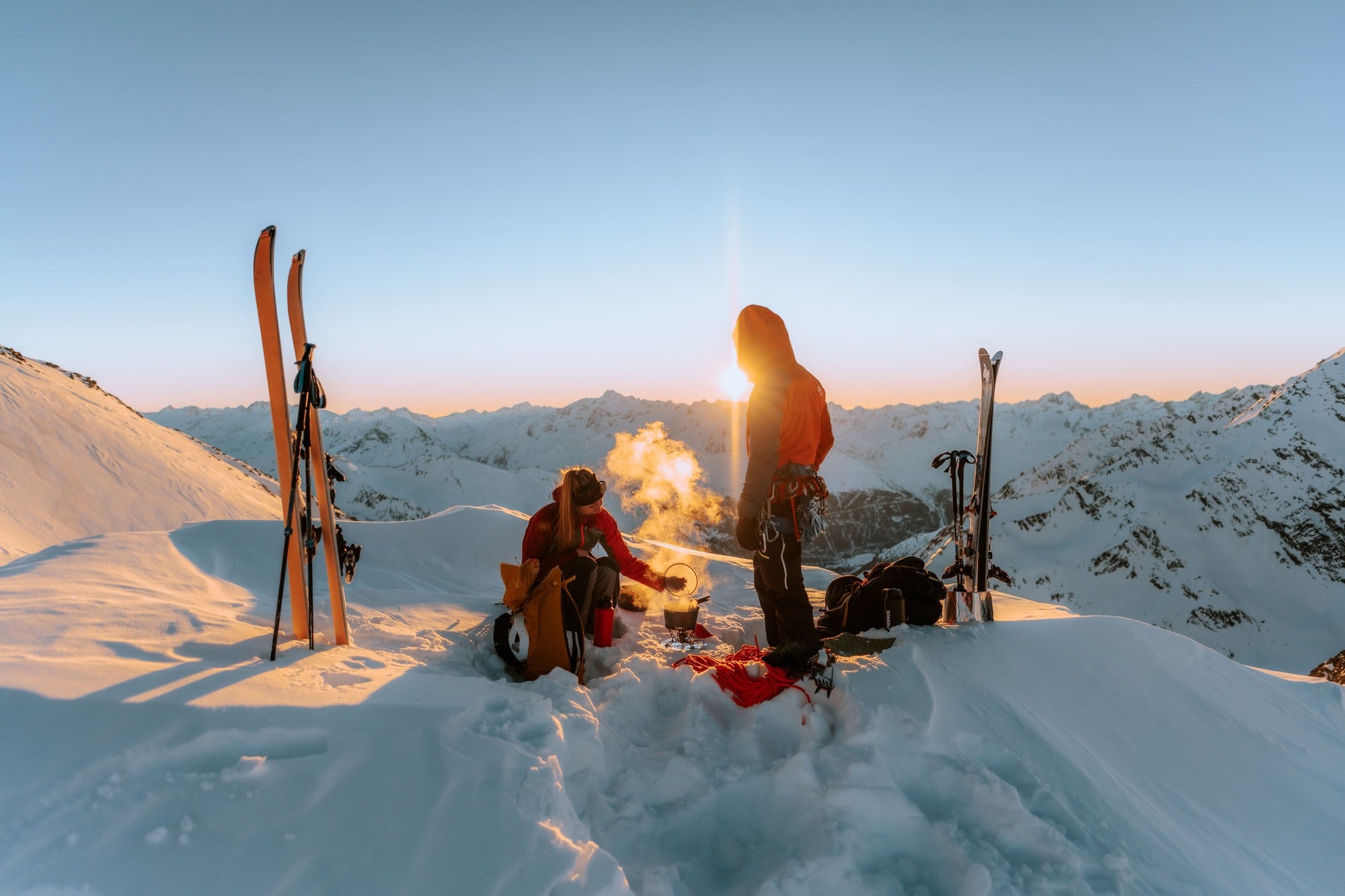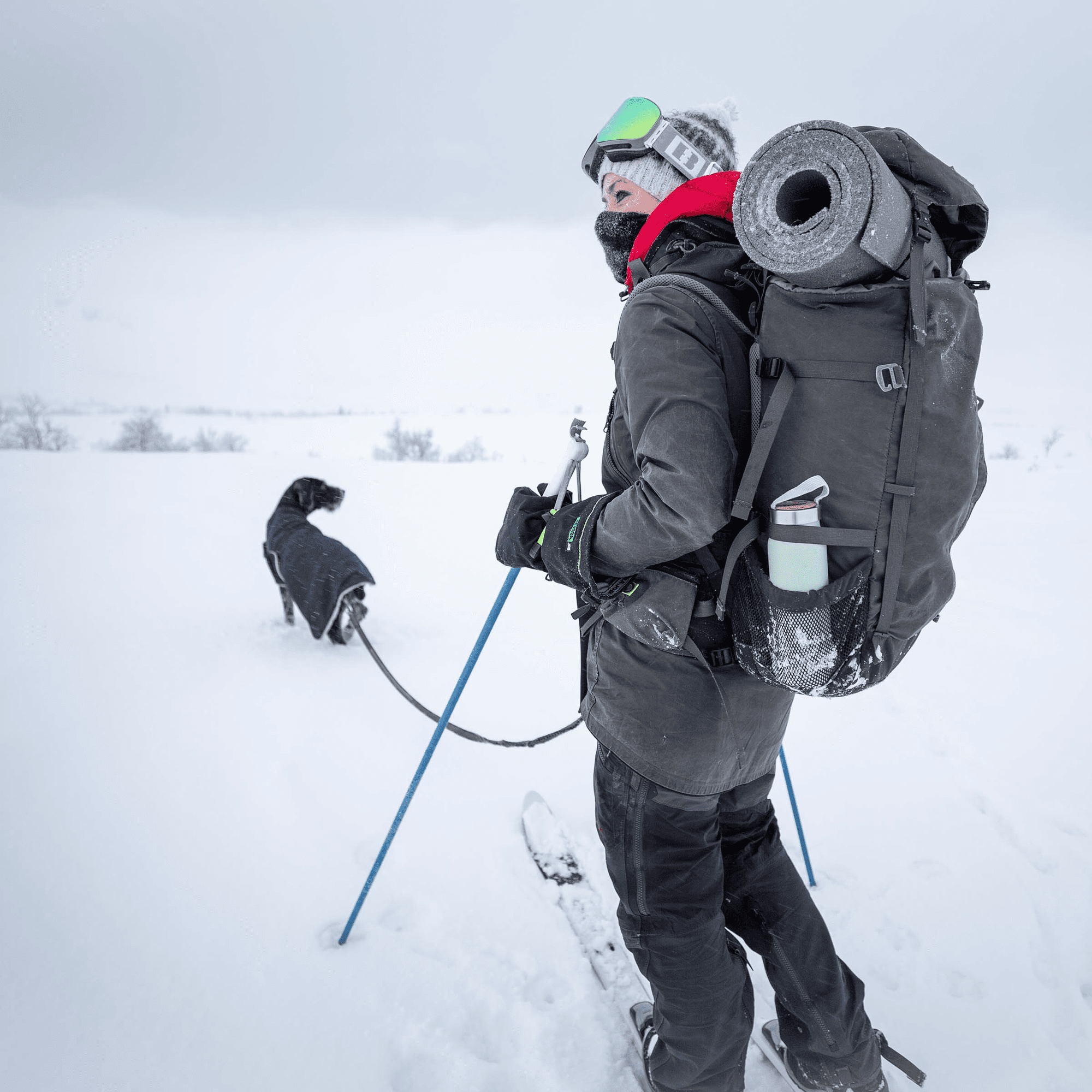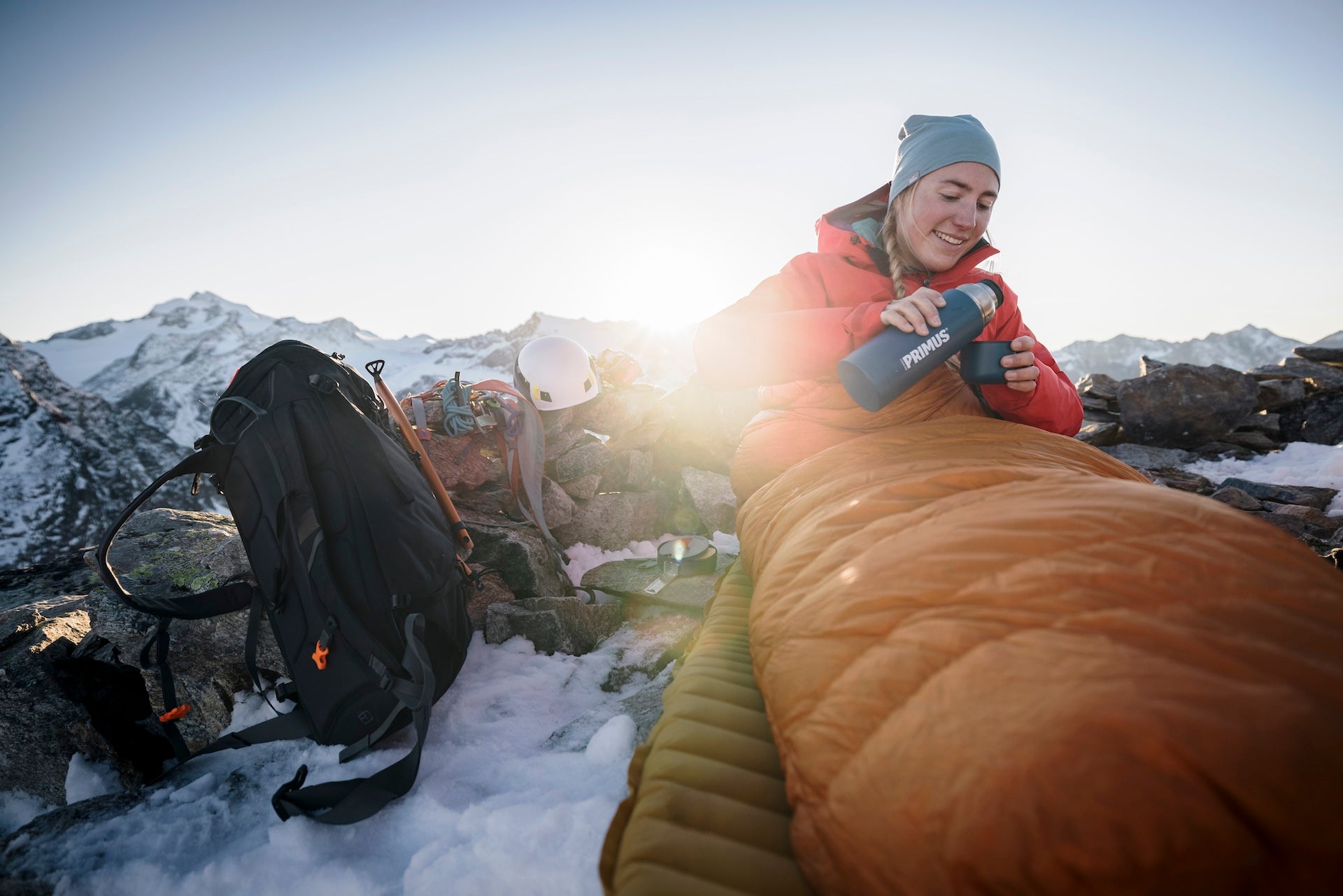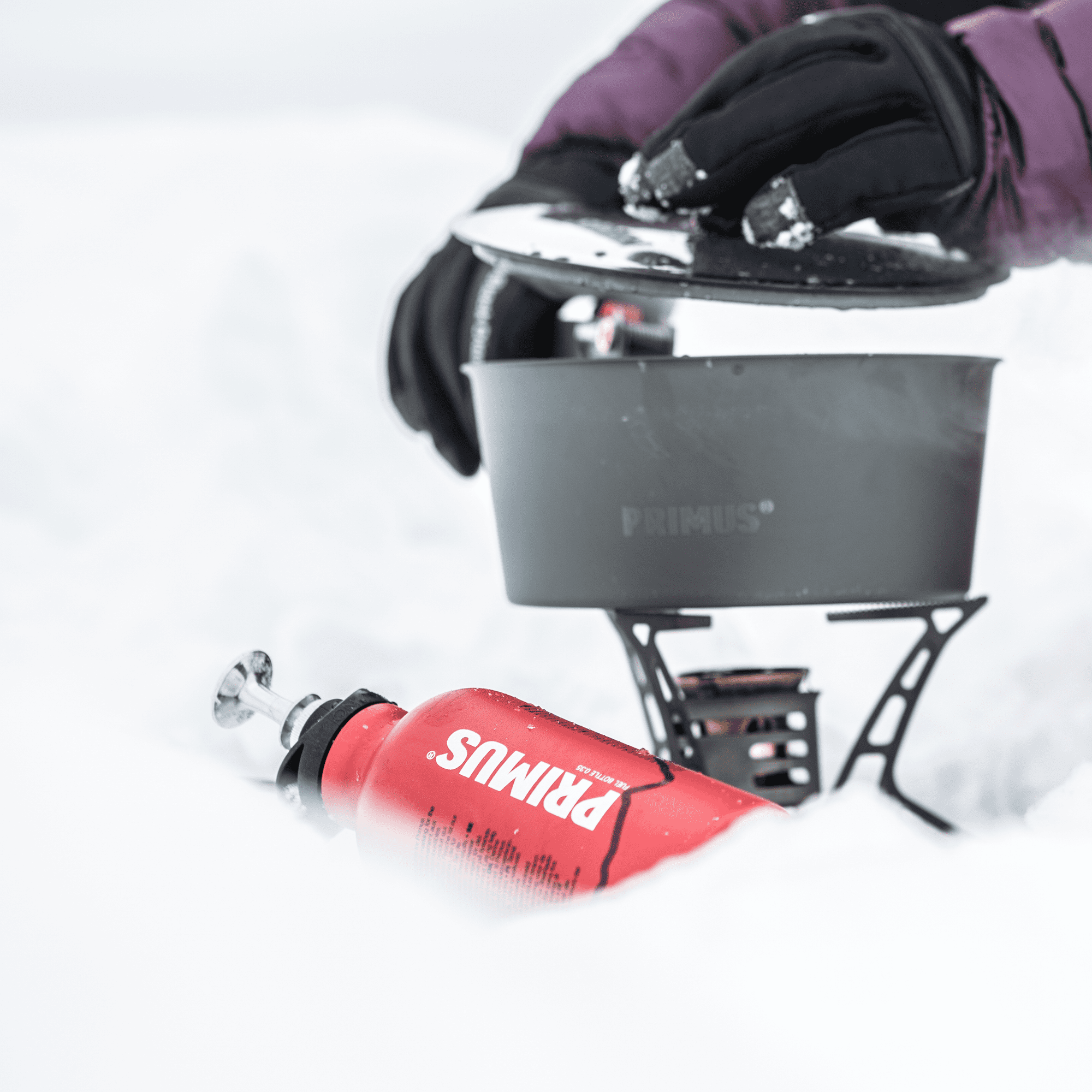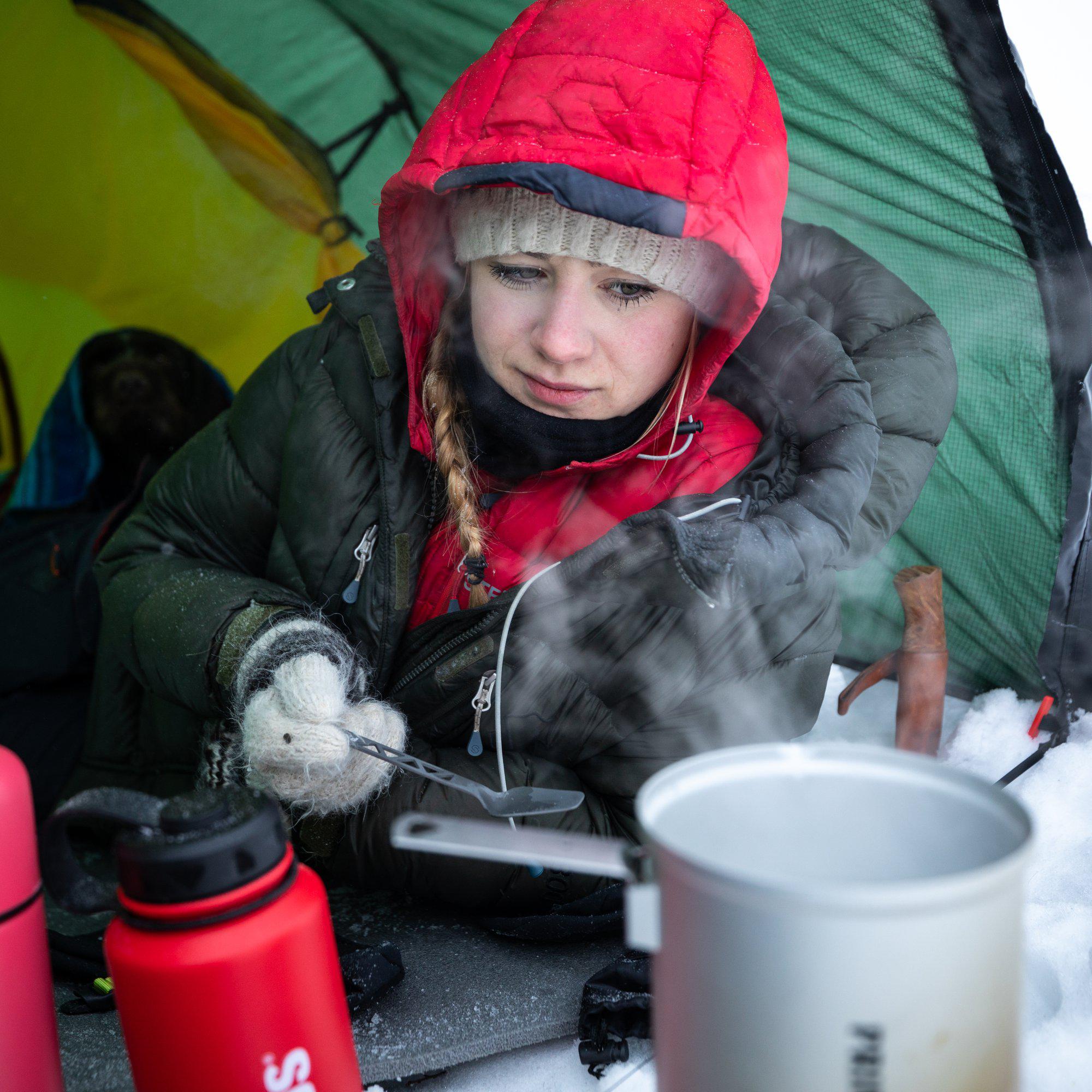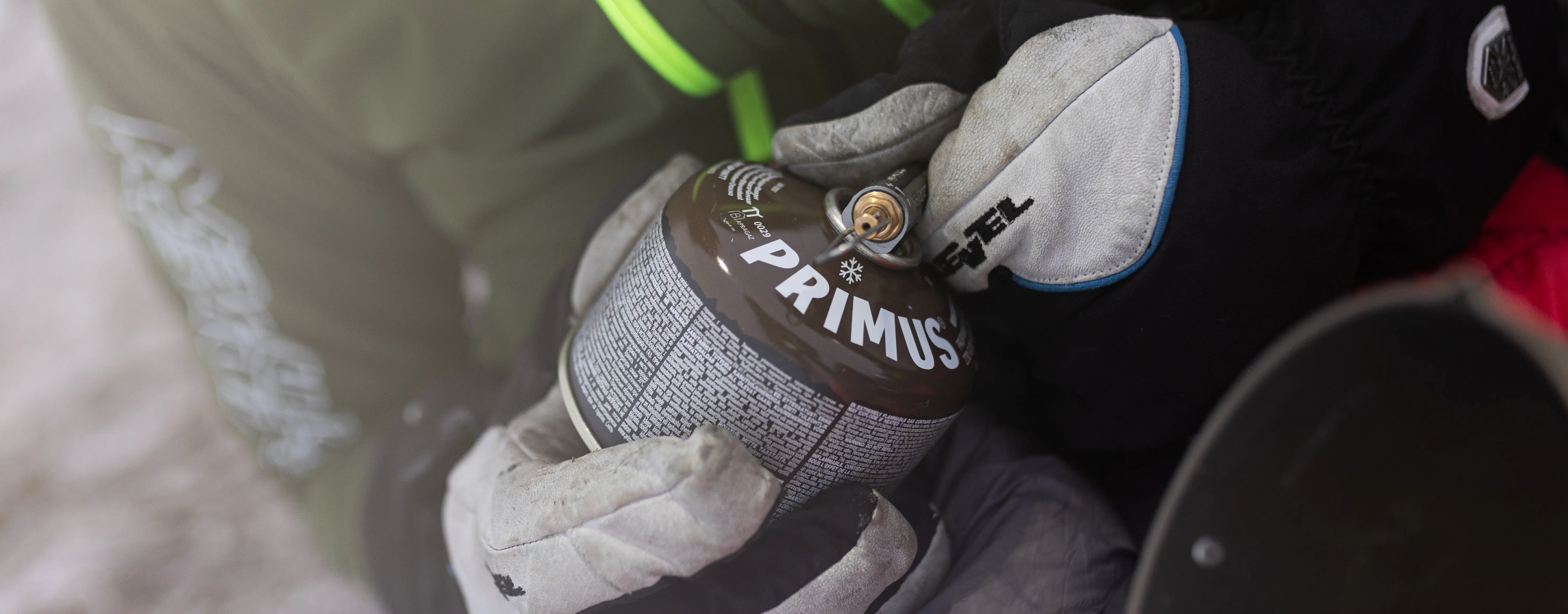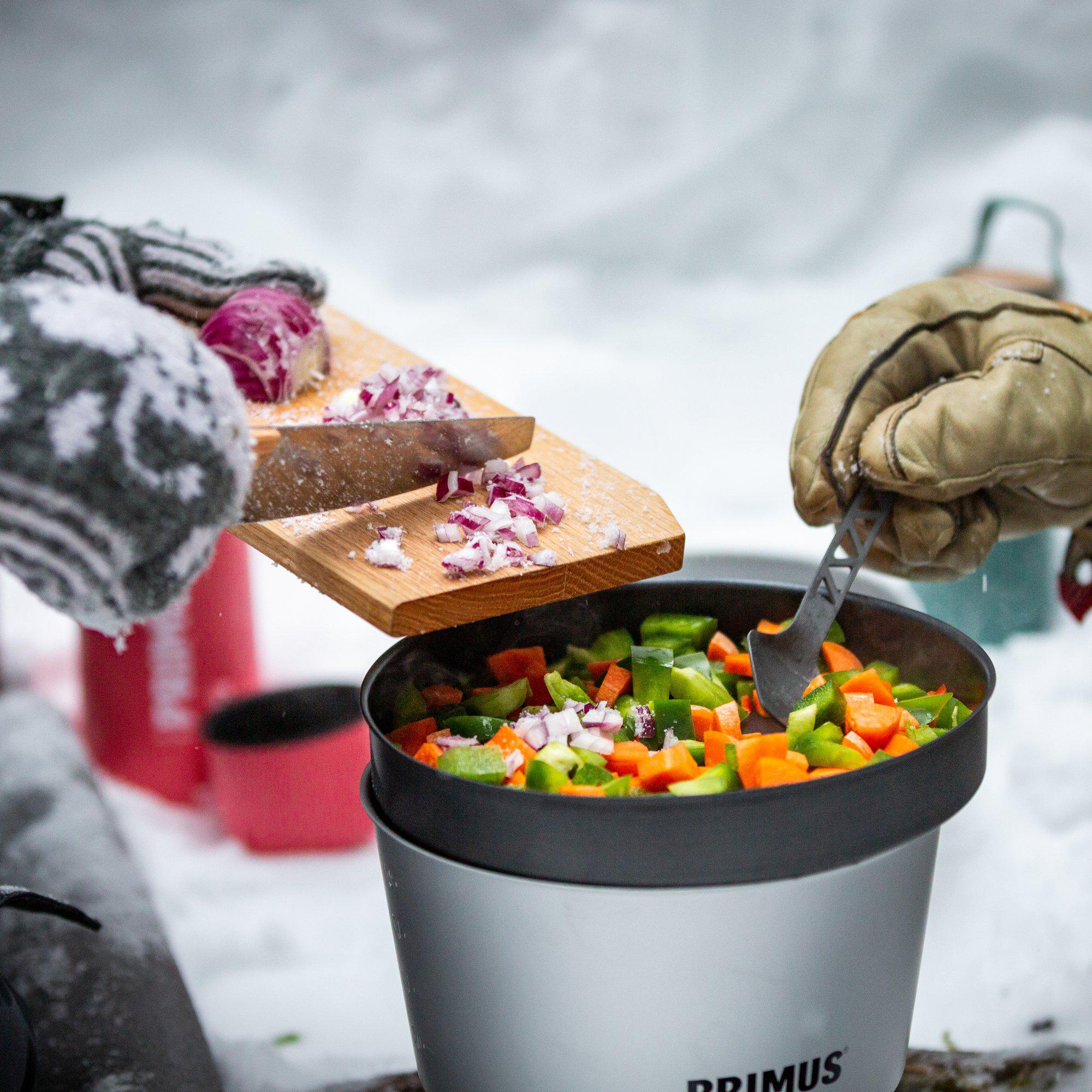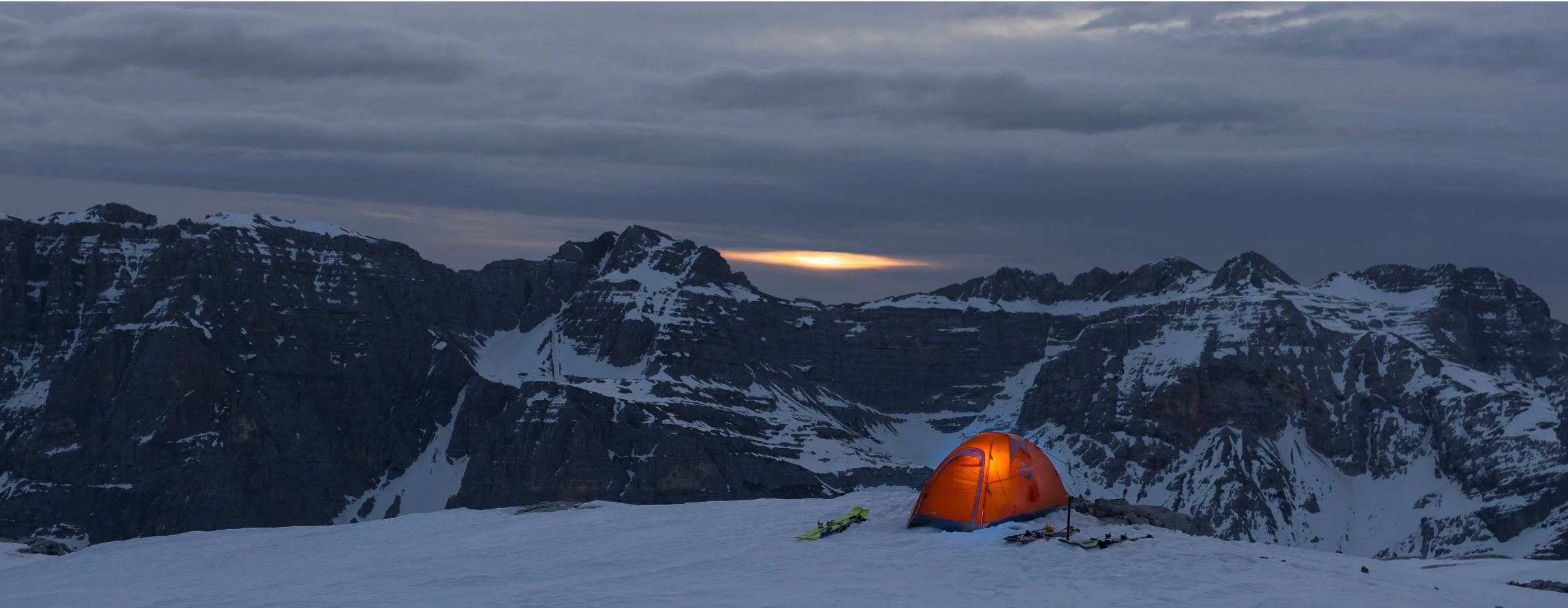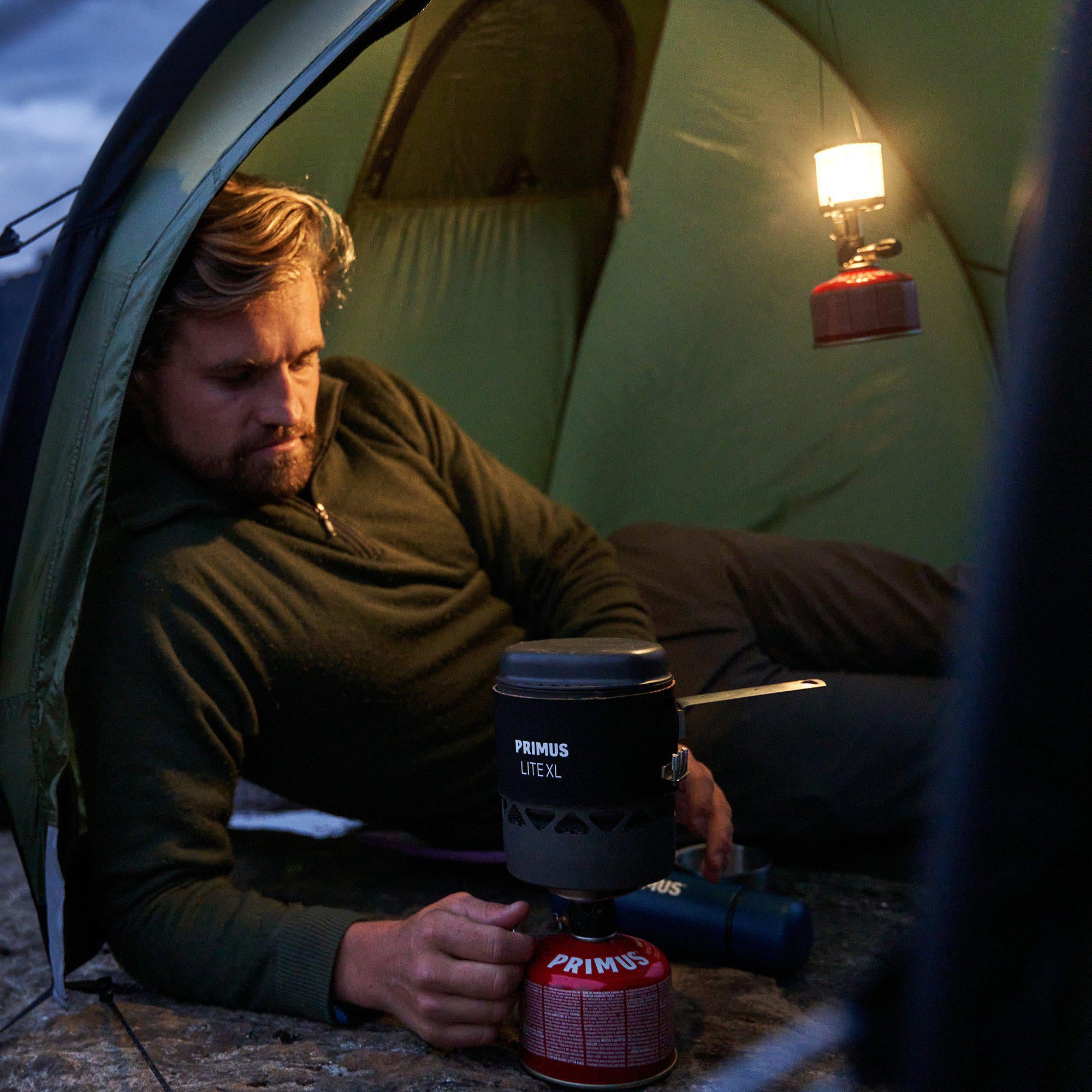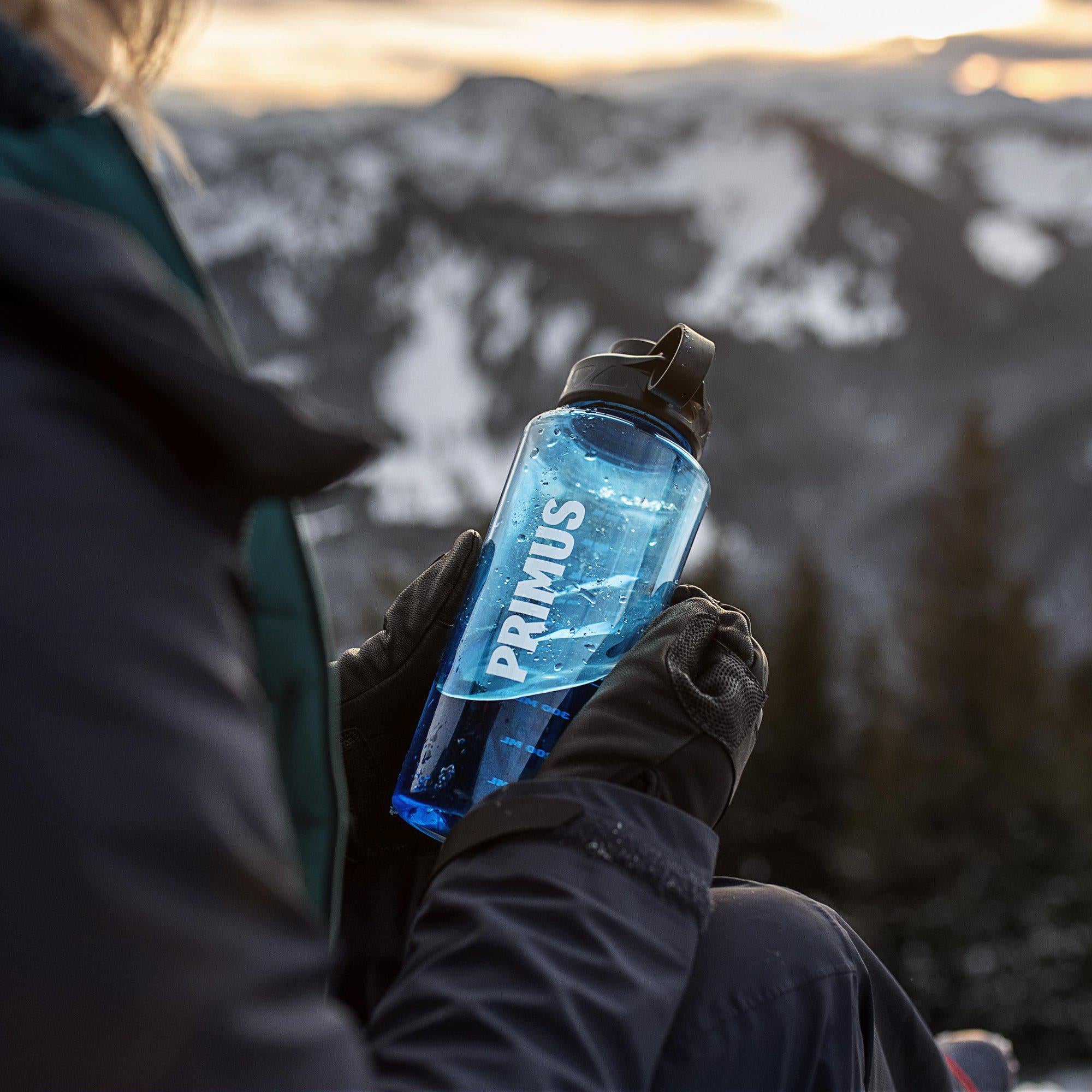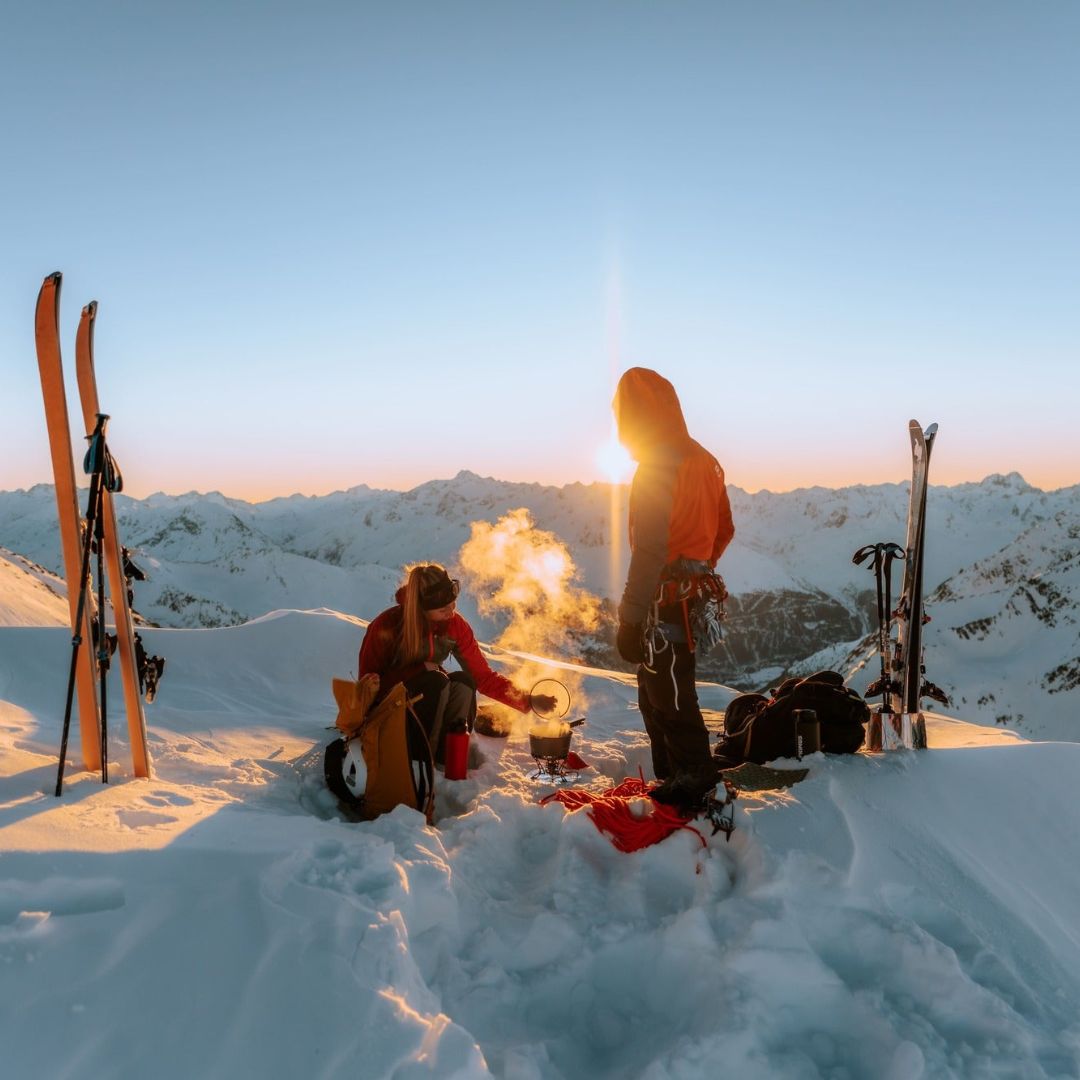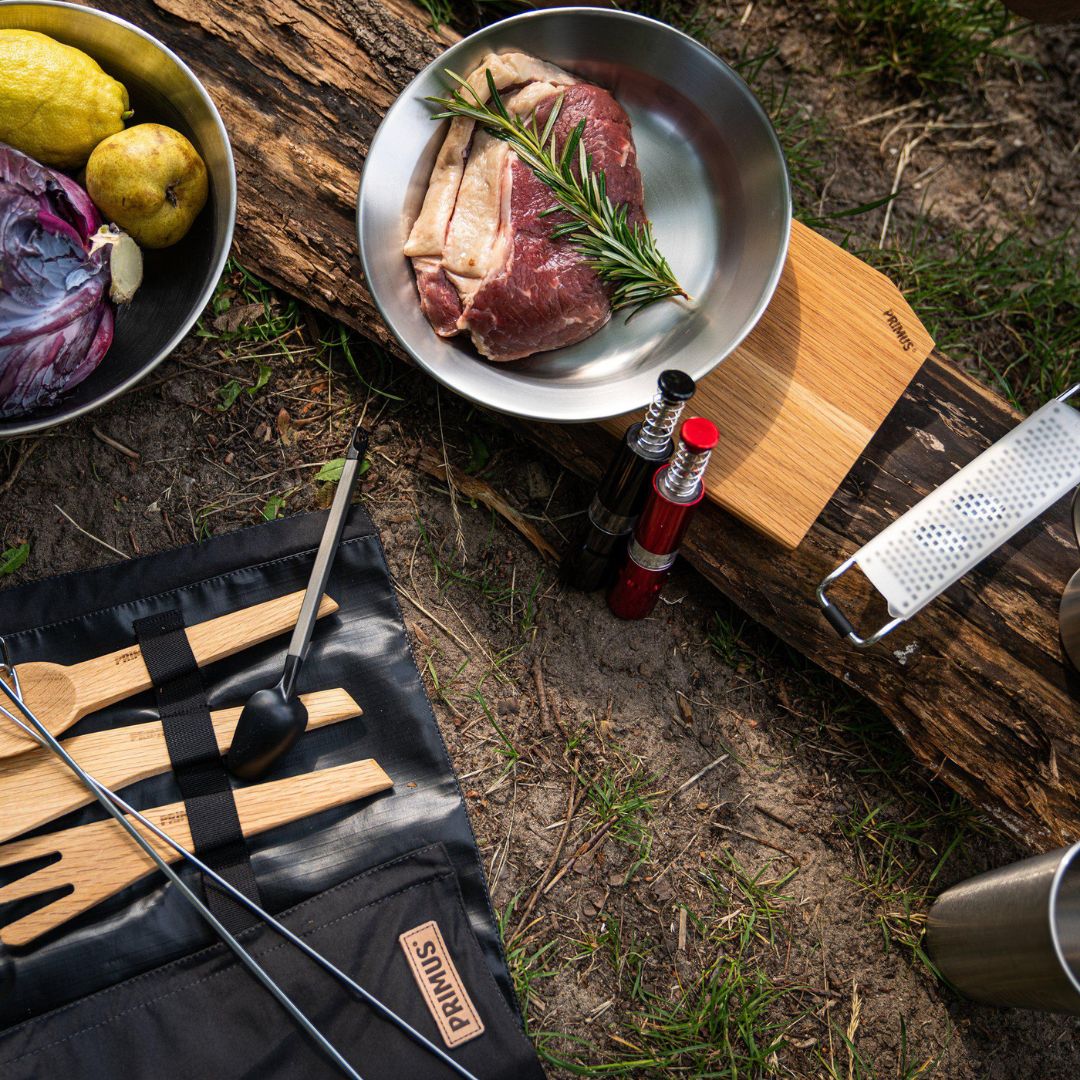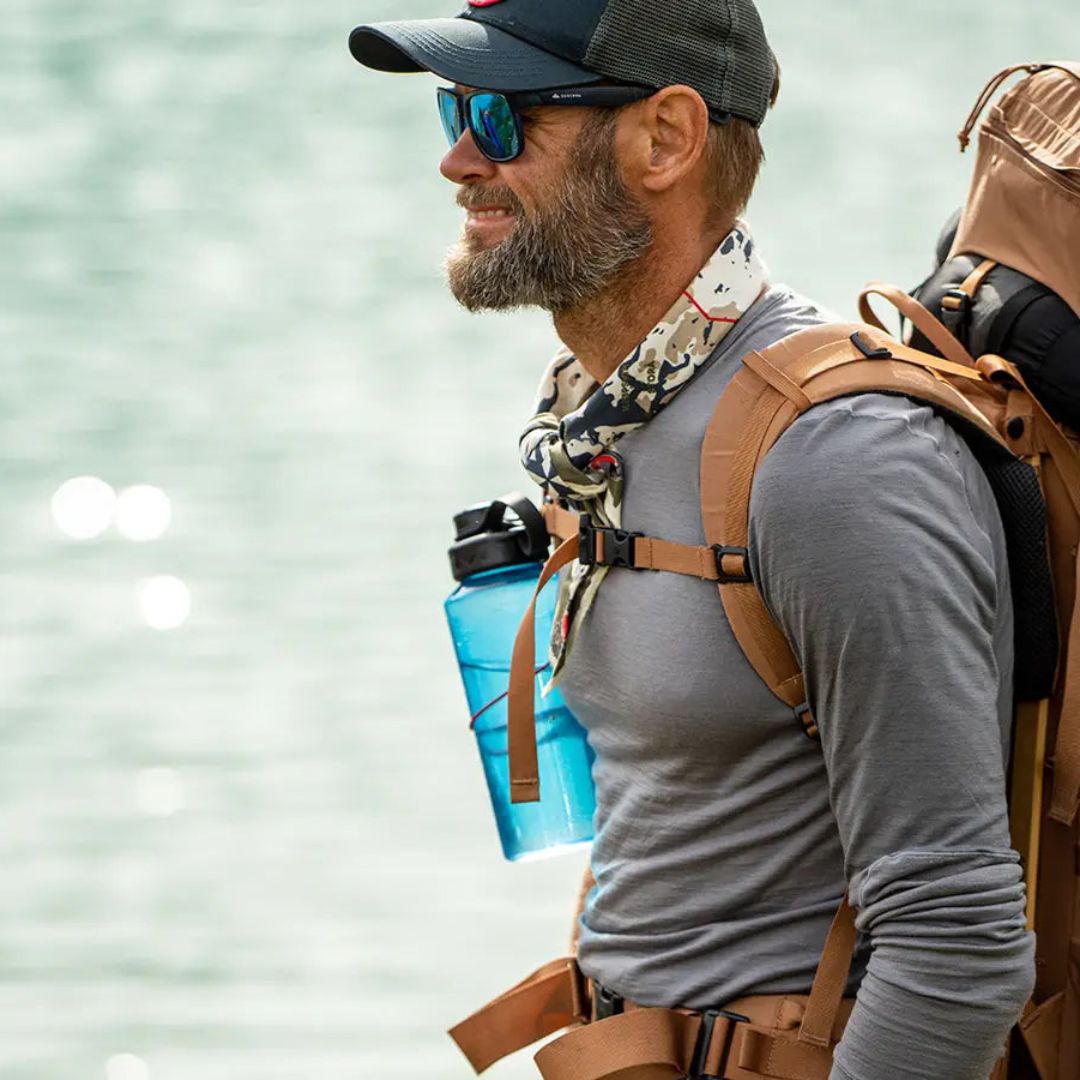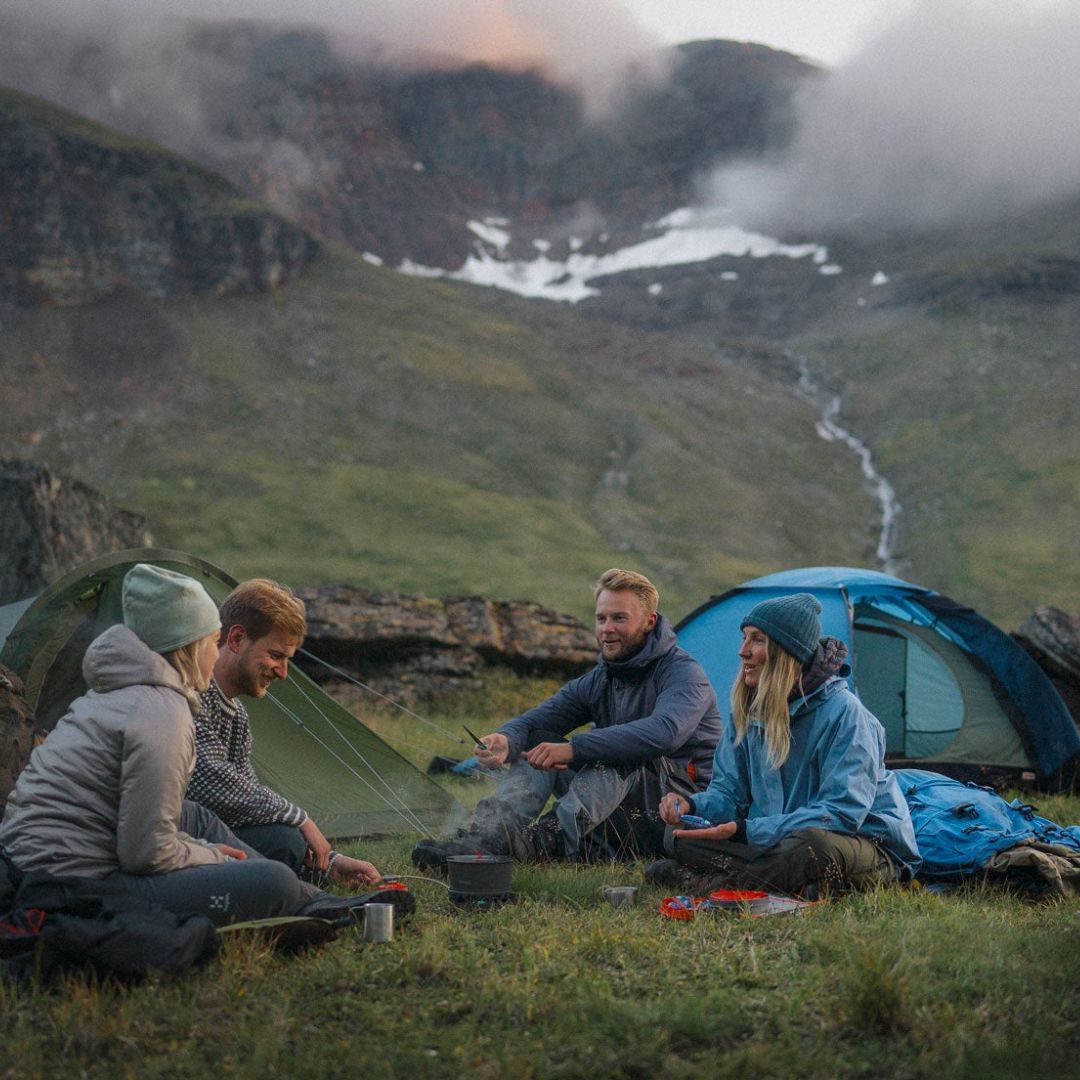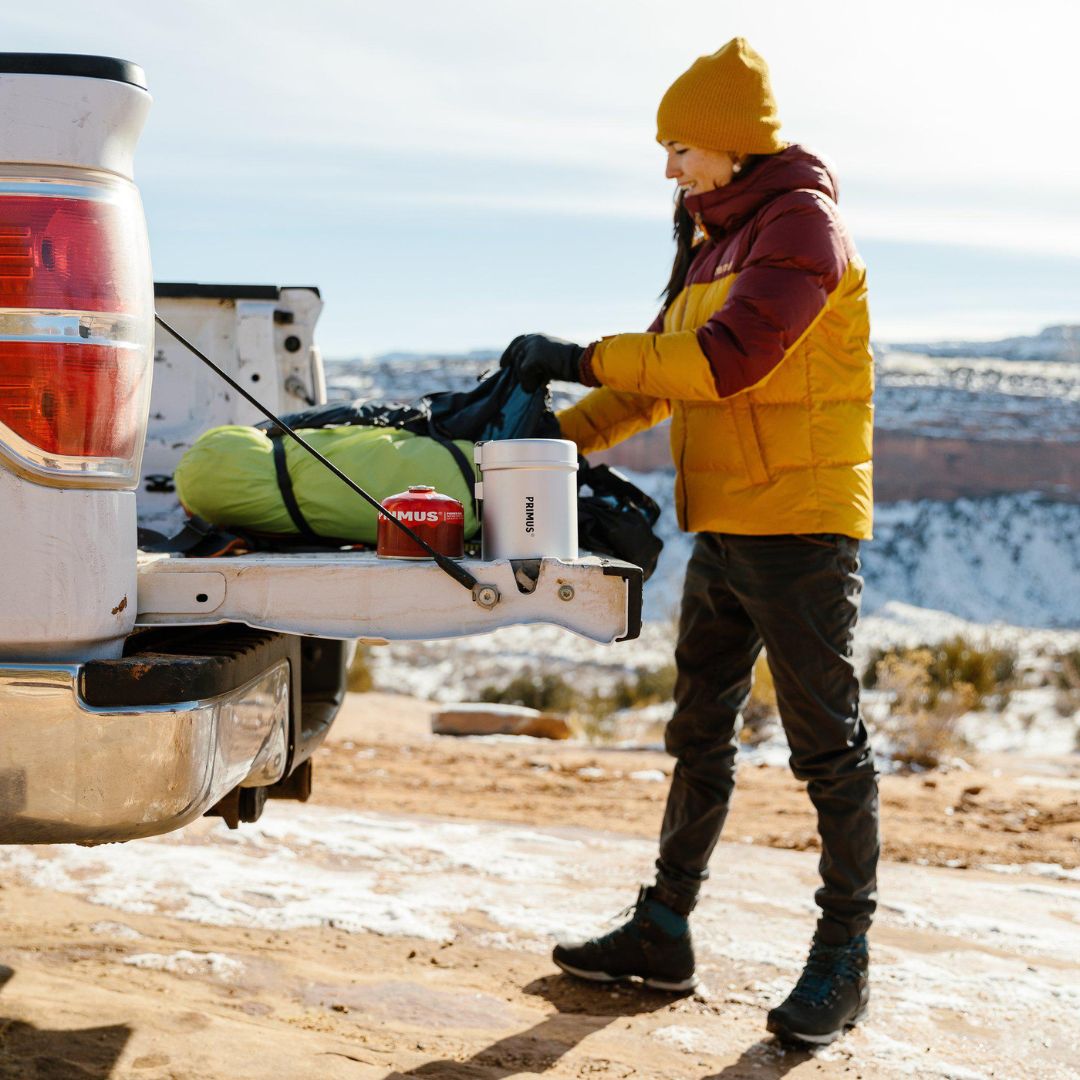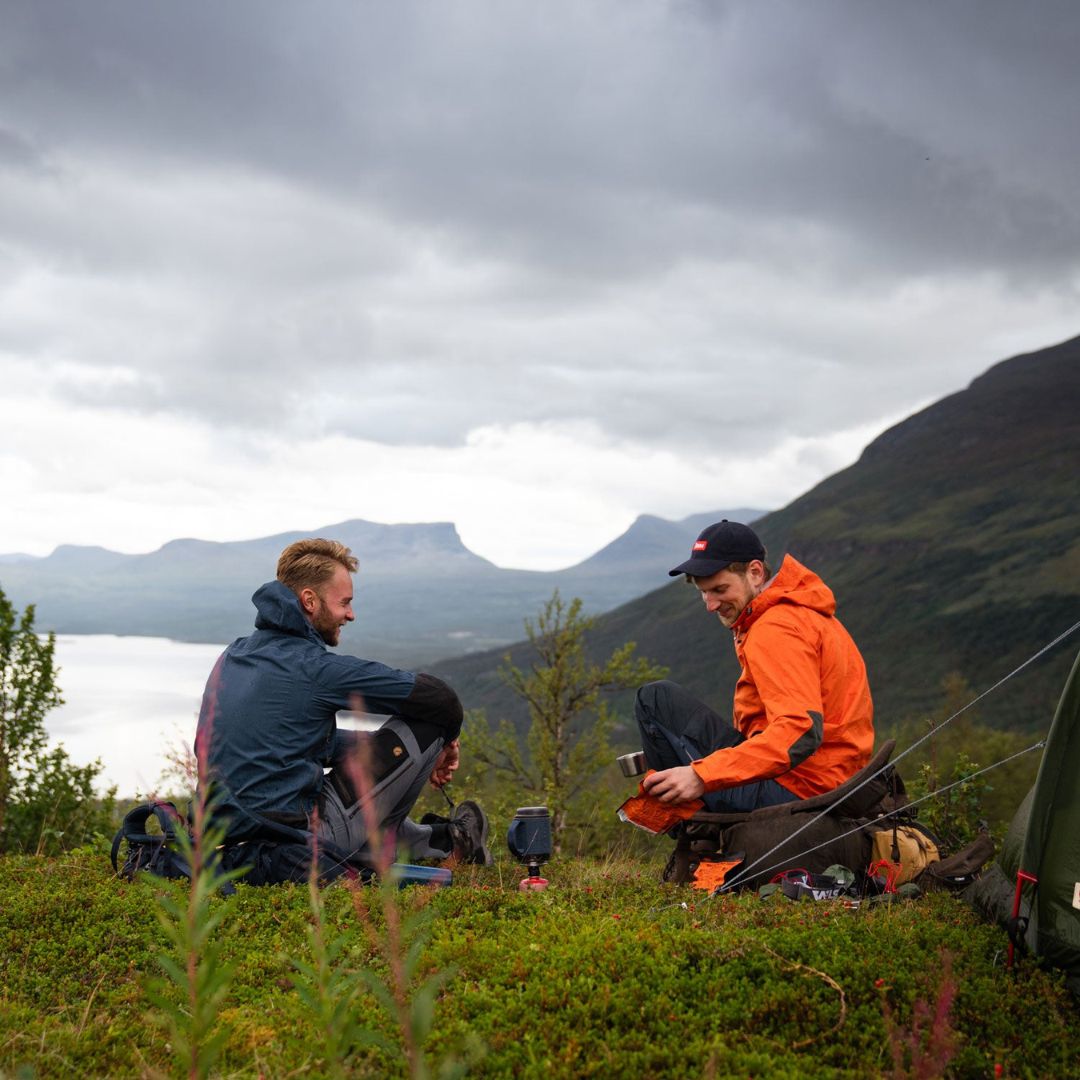1. Plan ahead and be prepared
Before embarking on your winter expedition, thorough planning is essential to ensure your safety and enjoyment. By planning ahead and being prepared for various scenarios, you can mitigate potential risks and create a safer, more enjoyable winter expedition experience. Here are some key points to consider when planning your trip:
Research your destination: Familiarize yourself with your chosen location’s terrain, weather patterns, and potential hazards. Check the weather forecast regularly in the days leading up to your trip and be prepared to adjust your plans if necessary.
Create a detailed itinerary: Outline your daily routes, planned campsites, and any alternative routes in case of emergency. Share this information with a trusted contact who can alert authorities if you fail to return on time.
Learn about potential risks: Educate yourself on the risks associated with winter expeditions, such as hypothermia, frostbite, and avalanche hazards.
Pack essentials: In addition to your regular camping gear, make sure to pack essential items for winter expeditions. Create a checklist to ensure you don't forget any crucial items.


